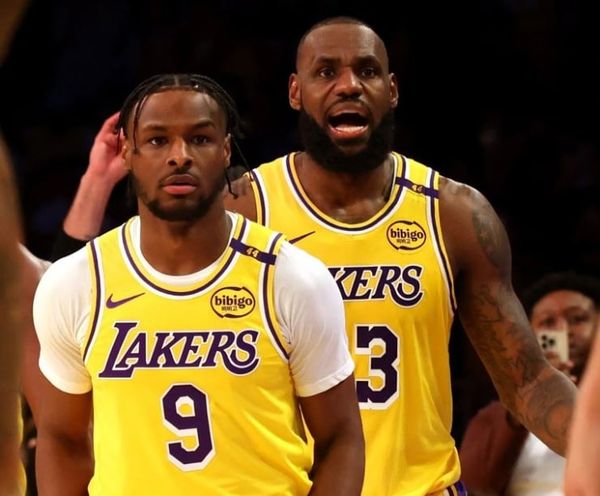
Rishi Sunak’s pledge to cut NHS waiting lists is on life-support. Yesterday, official data showed that 7.6 million people were waiting to start treatment at the end of June, a jump of more than 100,000 on the previous month. Why?
The prime minister has previously blamed striking doctors and nurses for the current crisis, and that is not wholly without merit. Industrial action across the NHS has led to mass cancellations while a four-day walkout by junior doctors (their fifth) which began today is estimated to add another 835,000 to the docket.
But these strikes, however disruptive, are a relatively recent phenomenon. Indeed, in July 2022, when the government announced its 2022/23 pay deal for NHS workers, waiting lists already stood at 6.94 million.
One major component of the backlog is of course the pandemic. Instead of encouraging people to seek treatment, routine operations were postponed and ministers stood behind podiums decked out with posters that read “PROTECT THE NHS”.
This made sense at the time. The threat of Covid patients overwhelming the health system was all too real. But it was also deeply strange when you think about it. The NHS should be there to protect us, not the other way around.
And the backlog cannot be blamed entirely on the pandemic either. In February 2020, waiting lists stood at 4.57 million, which was then pretty much the highest since records began in 2007. For context, waiting lists hit a low of 2.34m in January 2009 before rising remorselessly for the next decade.
Meanwhile, when it comes to cancer care specifically, only about 60 per cent of patients are receiving their first treatment within two months of attending a screening service. The operational standard is 90 per cent. It may be several years before we see the impact on survival rates.
Unsurprisingly, public satisfaction with the NHS, which peaked in 2010 at 70 per cent, is now languishing at 29 per cent. That represents a seven-point drop from the year before and the lowest level recorded since the National Centre for Social Research’s British Social Attitudes survey began in 1983.
To put my Department of Health and Social Care press officer hat on for a moment, there is some more positive news for the government. The number of people waiting more than a year to start routing hospital treatment fell very slightly in June, from 385,022 to 383,083. While those estimated to have been waiting more than 18 months (can you imagine?) dropped from 11,446 to 7,177 in the same time period.
But the prognosis is not encouraging. Sir Julian Hartley, chief executive of NHS Providers, the membership organisation for NHS trusts in England, today warned:
“We could be close to a tipping point. Trusts and staff are pulling out all the stops to reduce waiting times for patients but with no end to strikes in sight the sheer volume of planned treatment being put back due to industrial action will make it almost impossible for trusts to cut waiting lists as much as the government wants.”
When will it end? The British Medical Association and ministers remain far apart. The doctors union has asked for a 35 per cent rise to account for what it calls 15 years of sub-inflation pay deals, while the government has offered doctors 6 per cent plus £1,250 and insisted that is final, having accepted the recommendation of the pay review bodies. So, not yet.
In the comment pages, Tracey Emin warns that you think you know what you have, but you don’t. While I (and please don’t shout at me until you’ve read it) say that women’s football is great sport, so why do we still sometimes patronise it?
And finally, this is pretty cool: the Evening Standard is marking the new Premier League season with seven different front pages across London. How the Arsenal version found its way to the top of this newsletter is unknown.
Have a lovely weekend.







